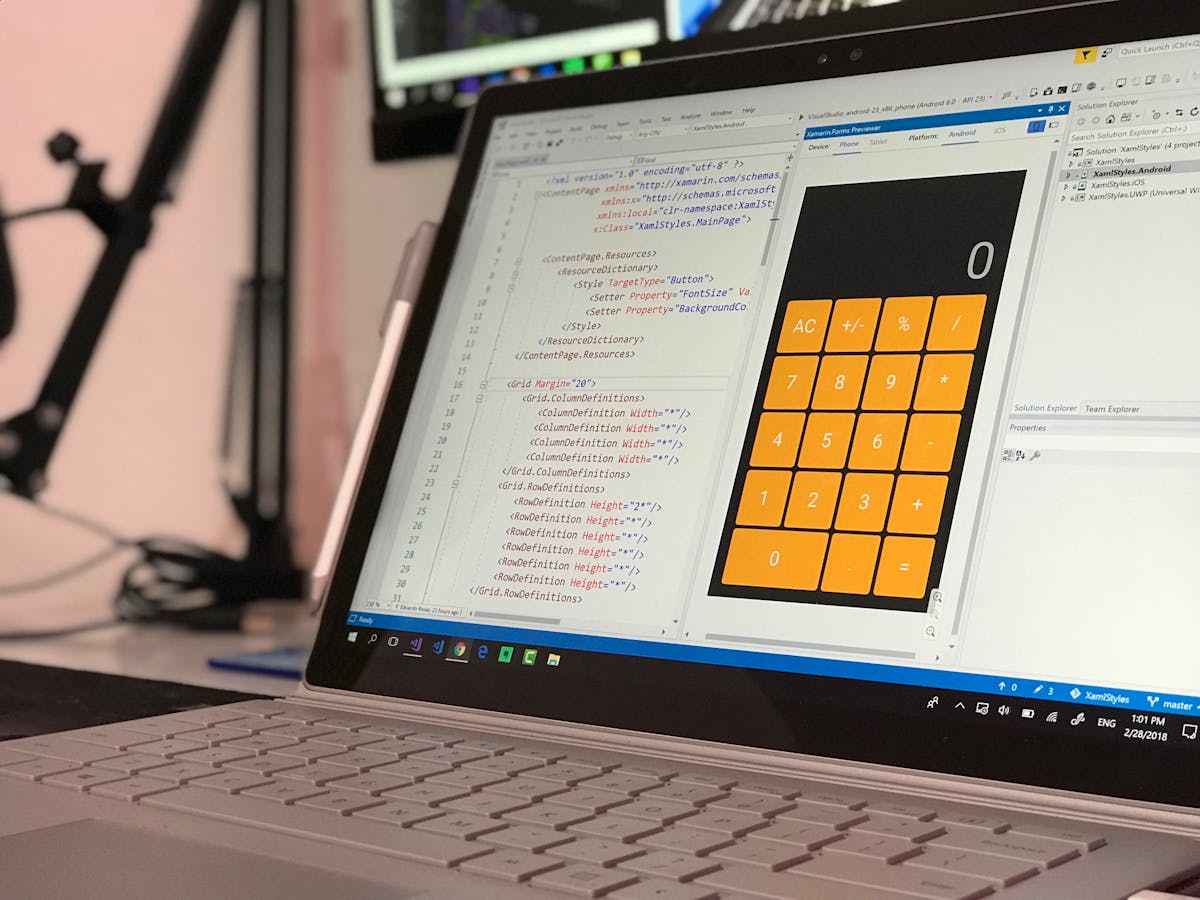The Importance of Full-Stack Development in the Evolving Landscape of Software Program Engineering
In the swiftly changing field of software application design, full-stack development has gained considerable value. Full-stack developers possess a special ability to deal with both front-end and back-end modern technologies. This versatility promotes better team partnership and feedback to moving job demands (niels denekamp linkmedia). As companies take on agile methods, the duty of full-stack programmers comes to be much more vital. Discovering the nuances of this fad exposes deeper ramifications for the future of software program growth
The Duty of Full-Stack Developers in Modern Teams
As organizations increasingly embrace nimble techniques, full-stack developers have emerged as important assets within modern teams. These flexible experts possess a detailed ability collection that covers both front-end and back-end advancement, allowing them to contribute to different aspects of a job. Their ability to navigate various shows languages and structures permits for seamless collaboration across disciplines, fostering a more integrated strategy to software program development.Full-stack designers improve team characteristics by linking interaction spaces, decreasing reliance on specialized roles. This flexibility not just speeds up job timelines however also advertises advancement, as they can carry out comments in real time. Additionally, their all natural understanding of the software program lifecycle helps with far better decision-making and analytical, eventually resulting in even more robust applications. As companies intend for efficiency and responsiveness, the duty of full-stack designers ends up being increasingly crucial in driving successful task results and sustaining competitive advantages out there.
Linking the Space In Between Front-End and Back-End
Bridging the space between front-end and back-end development is basic for providing natural and functional software application applications. This assimilation assures that user interfaces communicate efficiently with server-side reasoning, providing a seamless experience for end-users. Full-stack programmers, with their wide capability, play a substantial role in this procedure by understanding both domain names and their communications. They can address problems that arise throughout integration, such as data circulation disparities and performance bottlenecks, which are usually overlooked when teams run in silos. Furthermore, a unified method allows extra efficient debugging and testing, as full-stack programmers can examine the whole application holistically. As software application systems come to be significantly intricate, the ability to bridge this gap ends up being also extra important, advertising not just technological efficiency but also improving the total user experience. As a result, companies that prioritize this assimilation are better positioned to adapt to technological improvements and individual needs.
Enhancing Partnership and Interaction
Effective cooperation and interaction among employee are important elements of successful full-stack growth. This approach fosters a shared understanding of task goals, allowing designers to seamlessly integrate front-end and back-end performances. By encouraging open discussion, teams can quickly address obstacles and share insights, which enhances analytic abilities. Diverse capability within full-stack advancement teams advertise expertise exchange, making it possible for participants to discover from each other and improve their specific competencies - niels denekamp.Moreover, normal check-ins and responses loopholes strengthen relationships amongst staff member, cultivating a culture of trust fund and liability. Making use of collaborative tools and platforms can enhance interaction, guaranteeing that all stakeholders remain informed concerning job progress and modifications. As full-stack programmers commonly juggle several responsibilities, efficient interaction reduces misconceptions and aligns teamwork. Eventually, prioritizing partnership and interaction not just enhances performance but likewise brings about higher high quality software results, essential in today's fast-paced technical landscape
Adjusting to Agile Methodologies
While embracing Agile methods can initially position difficulties, full-stack growth groups frequently discover that this strategy significantly improves their operations and adaptability. Active structures focus on iterative development and regular review, permitting teams to respond swiftly to transforming task requirements. Full-stack developers, geared up with a get redirected here complete ability collection, are specifically well-suited to navigate these shifts, helping with seamless collaboration between front-end and back-end processes.Moreover, Agile emphasizes continuous combination and implementation, which straightens perfectly with the abilities of full-stack programmers. This harmony causes quicker shipment times and enhanced product quality. Agile techniques, such as day-to-day stand-ups and sprint evaluations, motivate transparency and accountability within groups, cultivating a society of open communication. Consequently, full-stack developers come to be critical in promoting a proactive strategy to analytic, making sure that jobs remain straightened with customer expectations and market demands. Inevitably, adapting to Agile methodologies equips full-stack teams to thrive in a vibrant software application development landscape.
Future Patterns in Full-Stack Development

Often Asked Inquiries
What Shows Languages Should Aiming Full-Stack Developers Learn First?
Ambitious full-stack programmers need to start by finding out HTML, CSS, and JavaScript for front-end growth. Ultimately, they can check out back-end languages like Node.js, Python, or Ruby, together with database management systems such as SQL or MongoDB.
How Do Full-Stack Developers Stay Upgraded With Evolving Technologies?

What Prevail Challenges Encountered by Full-Stack Developers?
Usual obstacles dealt with by full-stack designers include taking care of varied innovations, balancing front-end and back-end jobs, remaining present with rapid advancements, troubleshooting intricate problems, and guaranteeing seamless assimilation throughout different platforms to supply natural user experiences. (niels denekamp linkmedia)
Exactly How Do Full-Stack Developers Manage Time In Between Front-End and Back-End Tasks?
Full-stack designers typically prioritize jobs by examining project requirements, making use of active methodologies, and segmenting their infiltrate workable pieces. They balance back-end and front-end obligations through mindful planning and time monitoring methods to enhance performance.
Is a Degree Necessary to Come To Be a Successful Full-Stack Designer?
The need of a degree for becoming an effective full-stack developer continues to be disputed. Many experts highlight skills and experience over official education, suggesting that sensible understanding and task portfolios can be similarly, otherwise even more, important. As companies increasingly embrace dexterous methodologies, full-stack designers have actually emerged as necessary properties within modern teams. As full-stack programmers frequently manage numerous responsibilities, effective communication lessens misconceptions and aligns group initiatives. Full-stack developers, furnished with an extensive ability collection, official statement are specifically well-suited to navigate these shifts, helping with smooth cooperation in between front-end and back-end processes.Moreover, Agile emphasizes continuous combination and release, which straightens flawlessly with the capabilities of full-stack developers. Full-stack designers will progressively make use of AI-driven tools for code generation and pest detection, enabling for faster release cycles.Moreover, the surge of no-code and low-code systems will certainly equalize advancement, allowing non-technical stakeholders to add successfully. Ambitious full-stack designers must begin by discovering HTML, CSS, and JavaScript for front-end advancement.